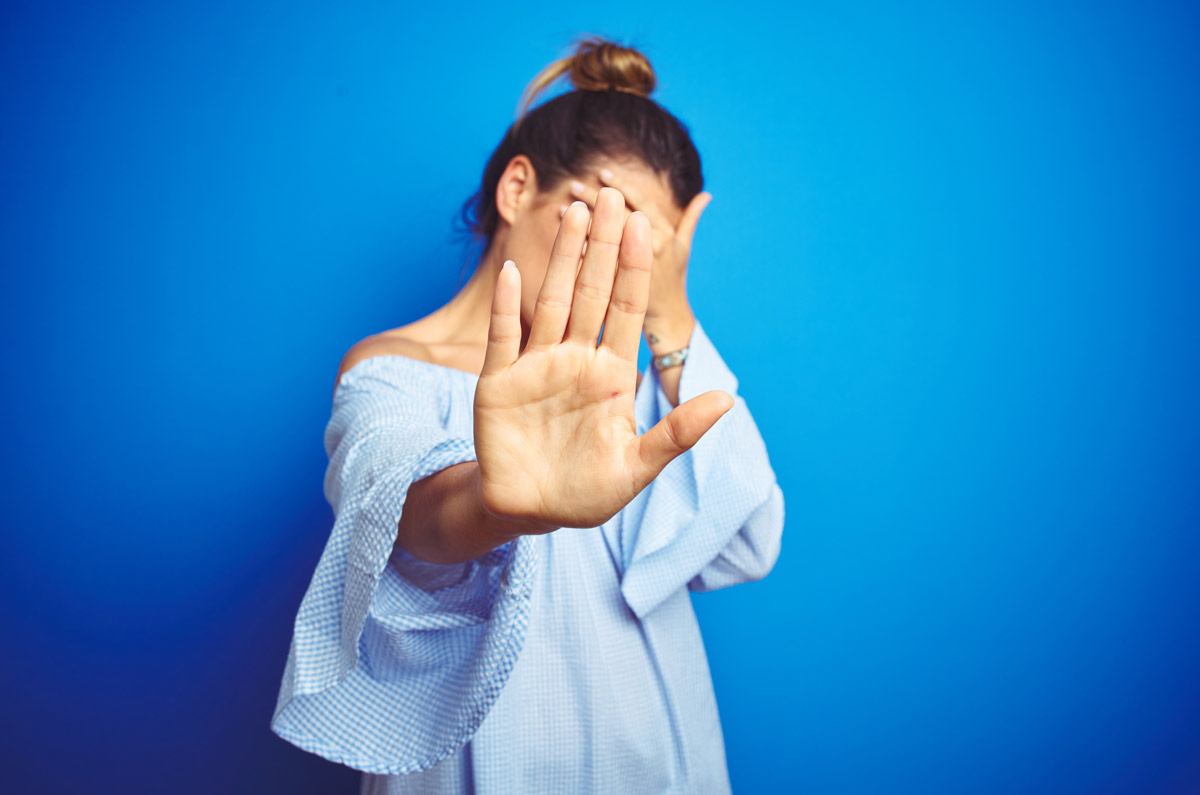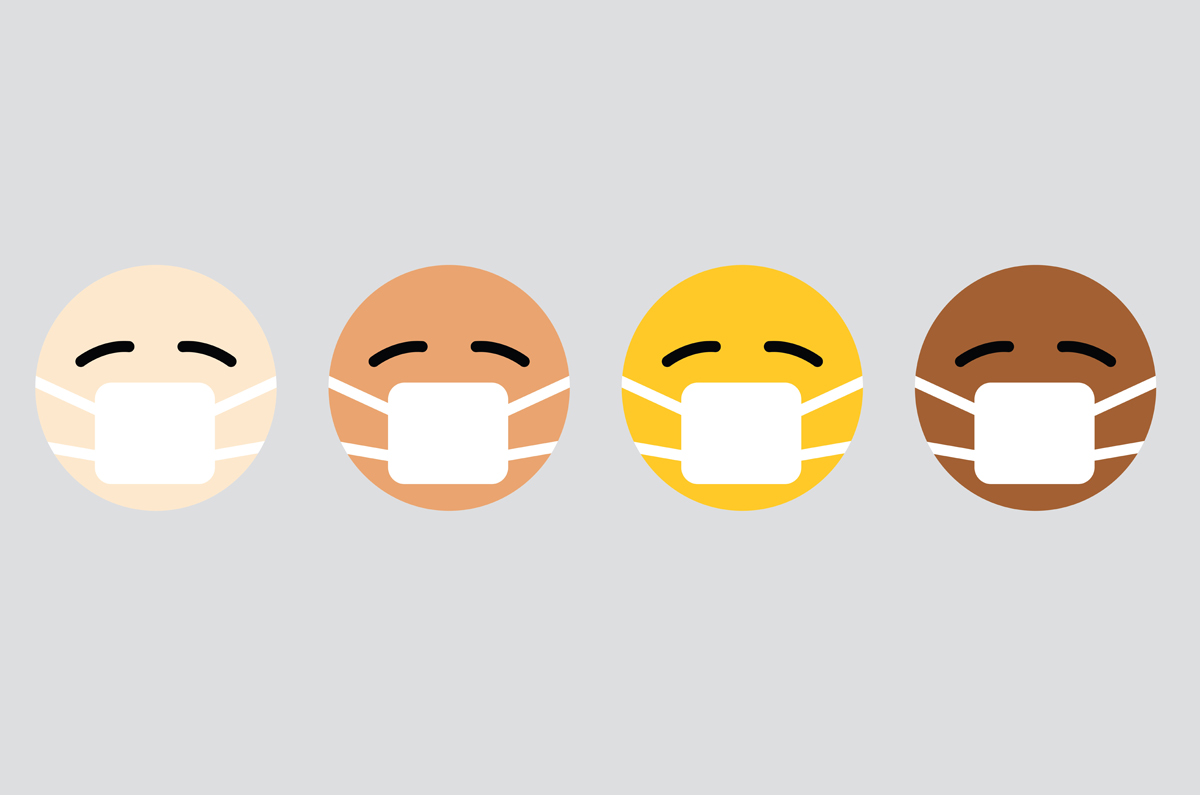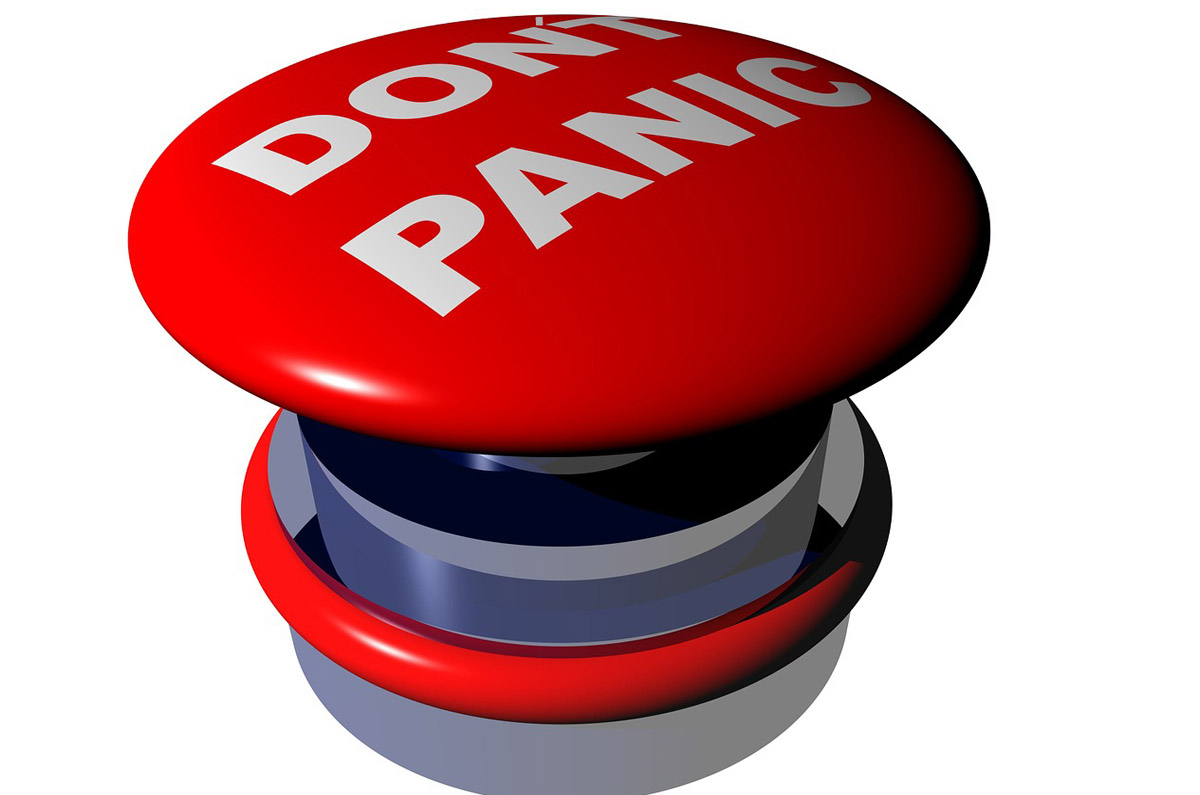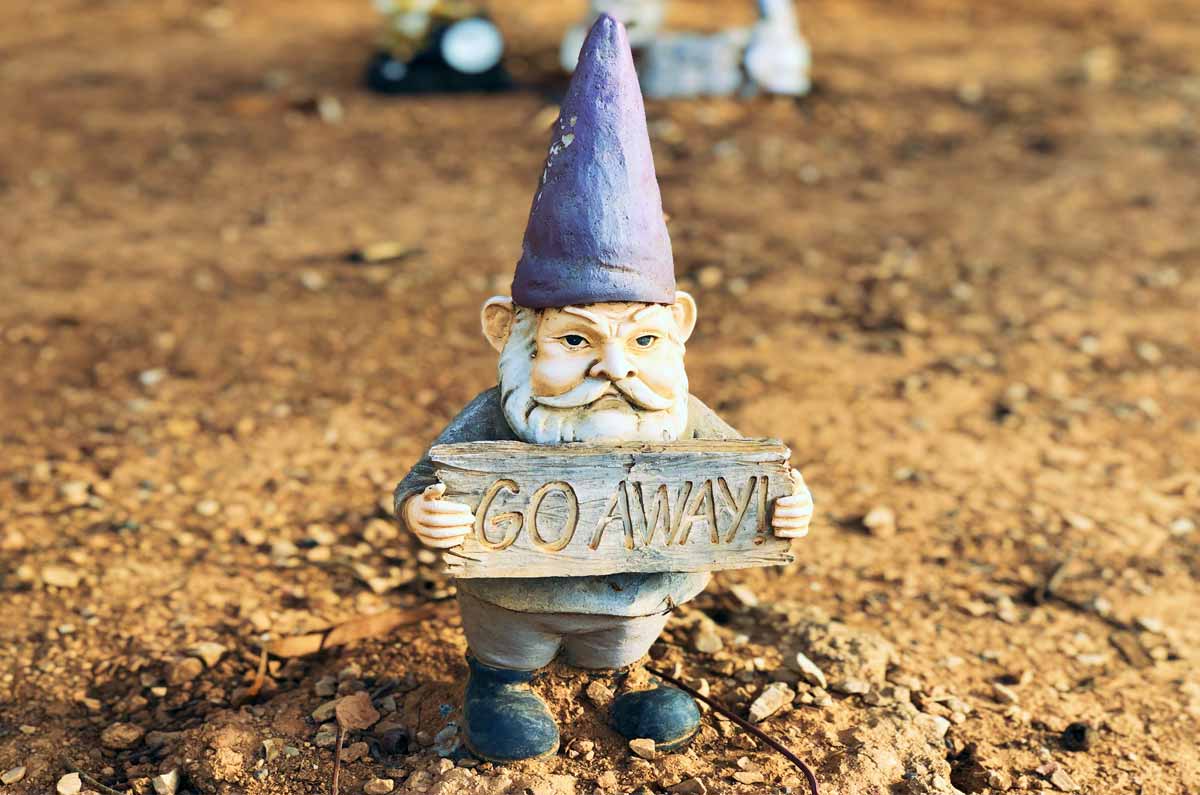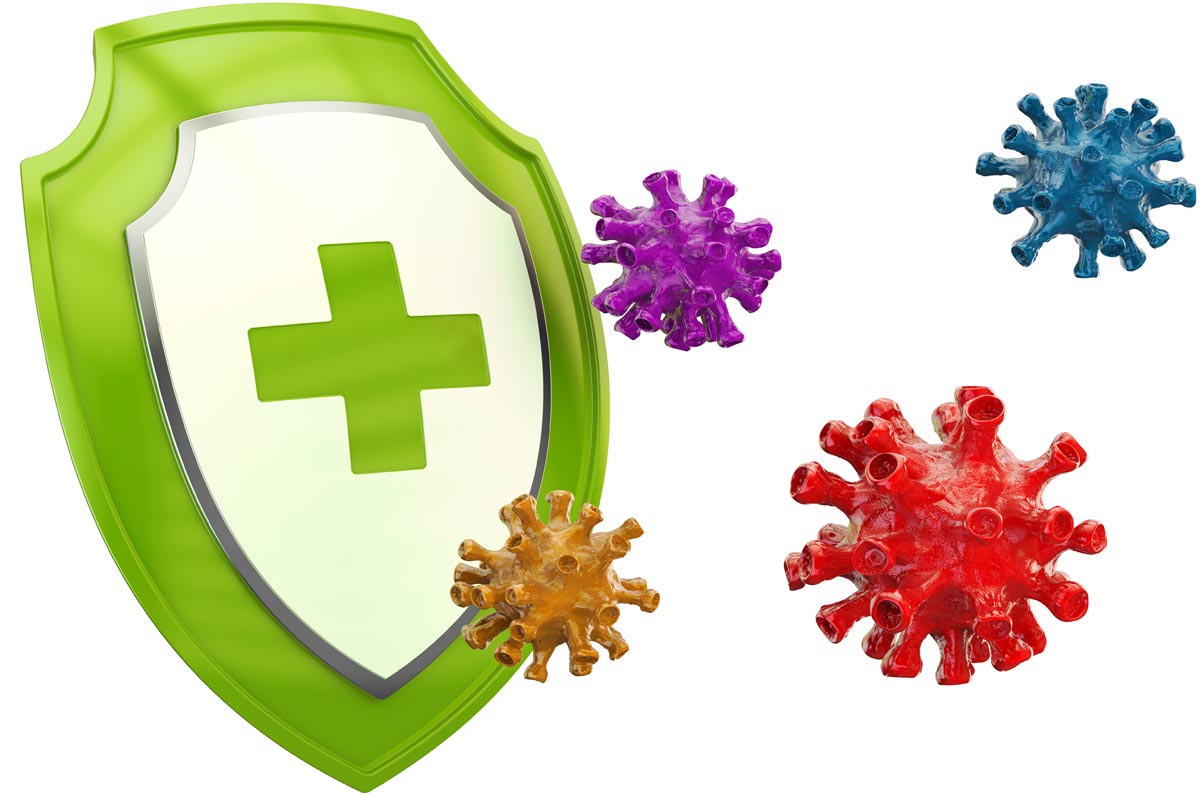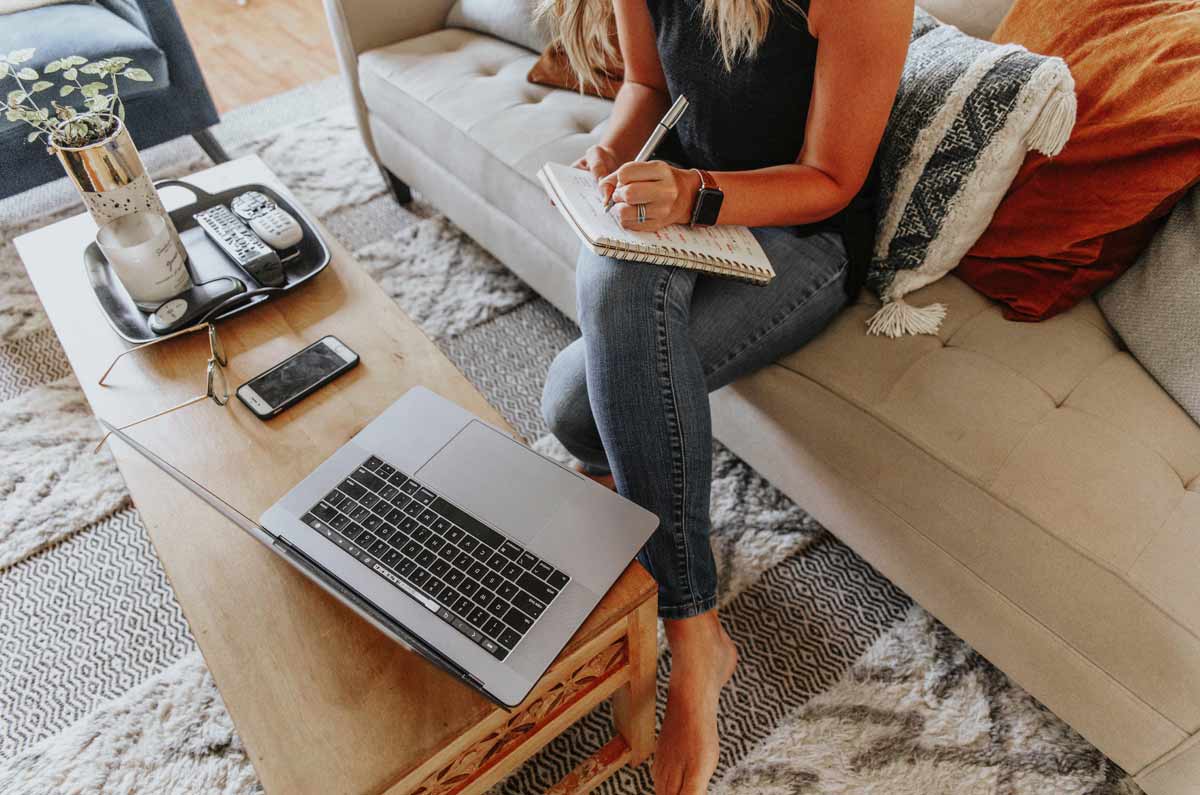We’ve been noticing an increasing number of posts on social media and calls to our Help Line from people with musculoskeletal conditions, autoimmune conditions or with weakened immune systems who are feeling really anxious and vulnerable at the moment.
In the general population there’s a giddy exhilaration about restrictions easing. Unfortunately this seems to have led many people to forget all of the good things they’ve been doing over the past few months to flatten the curve. People are gathering in large numbers and forgetting all about physical distancing and giving others plenty of space.
That’s scary because most of us are still susceptible to the virus. And if you’re more at risk than others, it can make you feel really helpless and exposed.
So what can you do to look after yourself?
Acknowledge your feelings
It’s a crappy, crazy time, so recognise that and allow yourself to feel frightened or anxious, cry, have a freak out, and then move on. Don’t bottle these feelings up or pretend everything’s fine. All of our feelings are valid and important – you don’t have to put on a happy face or turn that frown upside down. You need to acknowledge how you really feel.
However if it feels like these feelings are taking over and they’re all you can focus on, talk to someone – your partner, a trusted family member or friend, your doctor or a mental health specialist.
Talk to your doctor
Make sure you keep your healthcare team up-to-date with how you’re doing – both physically and mentally. Continue to follow your treatment plan as prescribed, and if you have any issues contact your team immediately. If attending health appointments in person feels unsafe, use telehealth if you can. Obviously there are some appointments that will require you to attend in person – for example blood tests and scans – however there are many appointments you can attend from the comfort and security of your own home.
It’s also important that you don’t change or stop your medications without talking to your doctor, regardless of what you may see online or in the news. A recent survey of more than 500 patients attending Monash Health’s Rheumatology Department found that over half were concerned that their medications would increase their risk of getting COVID-19, and more than 75% were concerned that their medications would increase the severity of the disease if they did get it. There’s a lot of misinformation floating around about medications and COVID, so if you’re worried, contact your doctor and get their expert advice.
Stay home
If you’re able to stay home, do it. The best way to avoid contact with someone who may have the virus is to stay at home. This is the advice of our health officers, especially if you’re in an area that has outbreaks. And quite frankly it’s so cold in parts of the country at the moment, it feels much better inside than out!
So stay home when you can. Use telehealth to access your health professionals, go online to order your shopping and have it delivered (or have a family member/friend pick it up for you and leave it at your door), stay in touch with your people using video chat and phone calls, use exercise apps or online videos to keep active. Technology allows us to stay connected while staying home.
Work from home if you can
This will help reduce your risk of coming into contact with someone with COVID and other contagious illnesses like the flu. However if you can’t work from home, your workplace is required to have in place safeguards to protect you including physical distancing measures, access to soap and water and/or hand sanitisier, and clean and disinfected work spaces. For more information visit the Safe Work Australia website.
Keep practising good hygiene
This is just something we need to live with from now on. Wash your hands regularly and thoroughly (for at least 20 seconds), use hand sanitiser when you don’t have access to soap and water, cough or sneeze into your elbow, throw tissues into the bin after use and wash your hands immediately, clean and disinfect your surfaces with soap and water and a disinfectant. It’s important to clean before disinfecting because organic matter and dirt can reduce the ability of disinfectants to kill germs.
Wear a mask
When you do have to venture out, consider wearing a mask, especially if you have to catch public transport or you need to go to a location where physical distancing may be difficult. Read our updated blog about face masks for more info.
Get vaccinated
We’re all being urged to get the flu vaccination this year. This pandemic is overlapping with our flu season and while flu numbers in Australia are low due to our physical distancing measures, this may change. So see your doctor (if you haven’t already) and get your flu vax.
Ask for help
People living with health conditions are tough and resilient. We want to be able to do everything ourselves. However sometimes that’s not an option and we need to ask for help. This can be really hard and can feel like we’re giving away our independence. However this is a global pandemic – so asking for help when you need it is the smart thing to do – especially if it helps you look after your physical and mental health.
Get support from others who understand
There are some great peer support groups who meet online. You can chat with them, share your worries and concerns, get useful info and gain support from people who understand exactly what you’re going through. Being a part of these groups also give you the opportunity to give back and provide support to others.
Contact our free national Help Line
If you have questions about things like COVID-19, your musculoskeletal condition, treatment options, telehealth, managing your pain or accessing services be sure to call our nurses. They’re available weekdays between 9am-5pm on 1800 263 265; email (helpline@msk.org.au) or via Messenger.
More to explore
- Musculoskeletal Australia peer support groups
- COVID-19 information for workplaces
Safe Work Australia

